Winter malting barley has been a popular cropping choice in parts of the UK for many years. However, this was not replicated in Ireland as there was no market for winter malting barley.
A small proportion of growers in the southeast, mainly concentrated around north Wexford, who farm on extremely free-draining soils have been drilling what is often referred to as winter malting barley. This is in fact a spring malting barley variety, such as Laureate, which is drilled in late autumn.
While this may seem like an unusual practice, the main reason that growers do this is because of the longer growing season compared to spring sowing, which increases the probability of achieving distilling-grade barley.
However, there are some obvious risks which include the potential for poor tillering, increased disease pressure and potential crop failure from frost. These mean that growing autumn-drilled spring barley varieties is limited to certain regions and certain farms.
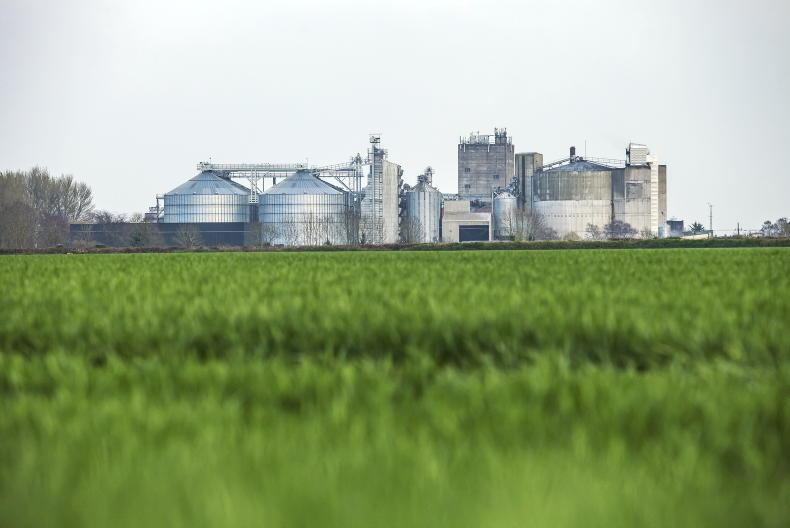
Boortmalt has decided to significantly increase the quantity of winter malting barley that will be produced for harvest 2021.
The need for winter malting
With the expanding drinks industry requiring increased quantities of malting barley and the limitations of growing autumn-drilled spring barley on a large scale, Boortmalt has turned to true winter malting varieties to try to fulfil the quantity of brewing barley required.
In time, it hopes this will increase distilling barley quantities and also offer growers another cropping option for producing malting barley.
The first true winter malting barley crops were drilled in Ireland on a small scale in autumn 2018. The aim was to grow these crops on a trial basis in order to assess the agronomy of the crop in the field under Irish conditions and to evaluate the quality of the malted grain.
Two varieties were grown in year one. These were Craft (two-row) and Pixel (six-row). Craft had been grown as a winter malting barley for a number of years in the UK and had produced good results.
At that time, Pixel was a new variety which, unlike Craft, was not bred specifically for malting and therefore there was less certainty as to its likely performance for malting.
The harvest of 2019 was excellent for winter barley and both varieties performed well. As a result of this, the decision was made to increase the area of both Craft and Pixel drilled in autumn 2019. However, as with a large proportion of autumn drilling in 2019, weather conditions did not allow for the planned area to be sown and the area did not increase significantly from the previous year.
Nitrogen husbandry lessons
Nitrogen (N) rates are vital for all malting crops and winter malt is no different. As winter malting barley was new to Ireland, there was limited data available as to the appropriate optimum N rate. The most relevant Irish data came from research carried out in Teagasc Oak Park on two winter feeding barley varieties.
The varieties Cassia and Volume were used in that research and the results showed that a nitrogen application rate of 160kg N/ha gave an average grain protein of 9.7% without significantly reducing yield.
The rate of nitrogen applied on farm to the winter malting crops in year one and two varied, with some growers using nitrogen rates above the 160kg N/ha.
The nitrogen rate and protein percentage data recorded from the crops grown in the first two years have shown that on certain soil types, where growers had historically low proteins and had an excellent knowledge of the farm’s soils, N rate could be increased to 175kg N/ha and still keep grain protein within spec.
However, it was also noted that protein percentages did rise in line with the additional nitrogen applied.
Other husbandry
Outside of nitrogen, the agronomy of both Craft and Pixel was similar to other varieties being grown, with the only major issue being ramularia on Pixel but was then controllable with chlorothalonil applied at awn emergence.
The data collected showed that yields from both varieties were slightly lower than other winter feed barley varieties. But from the first two years it was clear that winter malting barley could be grown successfully, with the grain produced meeting the specifications required.
However, that was only the first step – the real test was how the grain performed in the malting process and the quality of malt produced.
The malting results showed, as expected, that Craft produced malt of the standard required by the maltsters.
The hope that Pixel could also meet the standard was not met, as the malt quality was sub-standard. So, the variety could not be brought forward as a cropping option for harvest 2021.
Harvest 2021
The 2020 spring malting barley growing season was extremely difficult for many growers, especially in the midland counties. Drought early in the season and excessive rainfall in the late season affected the ability to produce barley within spec.
As a result, only a fraction of the malting barley delivered to Boortmalt from the midland counties was accepted. With this trend of drier, early summers becoming more frequent and spring malting barley becoming a more difficult crop to grow, Boortmalt has decided to significantly increase the quantity of winter malting barley that will be produced for harvest 2021. Its aim is to further increase the area over the coming years and this will help growers to spread their malting barley cropping risk.
As a result of this decision, just over 1,100ha of winter malting barley was drilled this autumn. The majority of this is sown to Craft, with small amounts of Electrum, Vessel and Joyau. These new varieties will have to go through the same assessments as Craft did in the field and in the malting process. The hope is that their produce will meet the standards required.
Growing area
With the area of winter malting growing, and considerable interest from growers, it was clear that more research was required.
Given our need to increase our knowledge of winter malting barley production, the Teagasc/Boortmalt joint programme has initiated a replicated plot trial at Oak Park.
The trial has two major objectives:
To evaluate the performance of each of the winter malting varieties currently available.To assess the impact of different levels of nitrogen to provide a clearer understanding of optimum N rate for winter malting varieties. This trial is also being replicated on a field scale on farms in counties Laois, Kildare and Wexford.
The information and experiences obtained from these field trials will be used to strengthen the research findings from the trial. This research will be very important as the area of winter malting barley expands over the coming years.
Updates
Updates from these trials and further winter malting barley information will be made available at a series of crop walks. The plan is to run these across the southeast next spring as part of the Teagasc/Boortmalt joint programme.
Winter malting barley has been a popular cropping choice in parts of the UK for many years. However, this was not replicated in Ireland as there was no market for winter malting barley.
A small proportion of growers in the southeast, mainly concentrated around north Wexford, who farm on extremely free-draining soils have been drilling what is often referred to as winter malting barley. This is in fact a spring malting barley variety, such as Laureate, which is drilled in late autumn.
While this may seem like an unusual practice, the main reason that growers do this is because of the longer growing season compared to spring sowing, which increases the probability of achieving distilling-grade barley.
However, there are some obvious risks which include the potential for poor tillering, increased disease pressure and potential crop failure from frost. These mean that growing autumn-drilled spring barley varieties is limited to certain regions and certain farms.

Boortmalt has decided to significantly increase the quantity of winter malting barley that will be produced for harvest 2021.
The need for winter malting
With the expanding drinks industry requiring increased quantities of malting barley and the limitations of growing autumn-drilled spring barley on a large scale, Boortmalt has turned to true winter malting varieties to try to fulfil the quantity of brewing barley required.
In time, it hopes this will increase distilling barley quantities and also offer growers another cropping option for producing malting barley.
The first true winter malting barley crops were drilled in Ireland on a small scale in autumn 2018. The aim was to grow these crops on a trial basis in order to assess the agronomy of the crop in the field under Irish conditions and to evaluate the quality of the malted grain.
Two varieties were grown in year one. These were Craft (two-row) and Pixel (six-row). Craft had been grown as a winter malting barley for a number of years in the UK and had produced good results.
At that time, Pixel was a new variety which, unlike Craft, was not bred specifically for malting and therefore there was less certainty as to its likely performance for malting.
The harvest of 2019 was excellent for winter barley and both varieties performed well. As a result of this, the decision was made to increase the area of both Craft and Pixel drilled in autumn 2019. However, as with a large proportion of autumn drilling in 2019, weather conditions did not allow for the planned area to be sown and the area did not increase significantly from the previous year.
Nitrogen husbandry lessons
Nitrogen (N) rates are vital for all malting crops and winter malt is no different. As winter malting barley was new to Ireland, there was limited data available as to the appropriate optimum N rate. The most relevant Irish data came from research carried out in Teagasc Oak Park on two winter feeding barley varieties.
The varieties Cassia and Volume were used in that research and the results showed that a nitrogen application rate of 160kg N/ha gave an average grain protein of 9.7% without significantly reducing yield.
The rate of nitrogen applied on farm to the winter malting crops in year one and two varied, with some growers using nitrogen rates above the 160kg N/ha.
The nitrogen rate and protein percentage data recorded from the crops grown in the first two years have shown that on certain soil types, where growers had historically low proteins and had an excellent knowledge of the farm’s soils, N rate could be increased to 175kg N/ha and still keep grain protein within spec.
However, it was also noted that protein percentages did rise in line with the additional nitrogen applied.
Other husbandry
Outside of nitrogen, the agronomy of both Craft and Pixel was similar to other varieties being grown, with the only major issue being ramularia on Pixel but was then controllable with chlorothalonil applied at awn emergence.
The data collected showed that yields from both varieties were slightly lower than other winter feed barley varieties. But from the first two years it was clear that winter malting barley could be grown successfully, with the grain produced meeting the specifications required.
However, that was only the first step – the real test was how the grain performed in the malting process and the quality of malt produced.
The malting results showed, as expected, that Craft produced malt of the standard required by the maltsters.
The hope that Pixel could also meet the standard was not met, as the malt quality was sub-standard. So, the variety could not be brought forward as a cropping option for harvest 2021.
Harvest 2021
The 2020 spring malting barley growing season was extremely difficult for many growers, especially in the midland counties. Drought early in the season and excessive rainfall in the late season affected the ability to produce barley within spec.
As a result, only a fraction of the malting barley delivered to Boortmalt from the midland counties was accepted. With this trend of drier, early summers becoming more frequent and spring malting barley becoming a more difficult crop to grow, Boortmalt has decided to significantly increase the quantity of winter malting barley that will be produced for harvest 2021. Its aim is to further increase the area over the coming years and this will help growers to spread their malting barley cropping risk.
As a result of this decision, just over 1,100ha of winter malting barley was drilled this autumn. The majority of this is sown to Craft, with small amounts of Electrum, Vessel and Joyau. These new varieties will have to go through the same assessments as Craft did in the field and in the malting process. The hope is that their produce will meet the standards required.
Growing area
With the area of winter malting growing, and considerable interest from growers, it was clear that more research was required.
Given our need to increase our knowledge of winter malting barley production, the Teagasc/Boortmalt joint programme has initiated a replicated plot trial at Oak Park.
The trial has two major objectives:
To evaluate the performance of each of the winter malting varieties currently available.To assess the impact of different levels of nitrogen to provide a clearer understanding of optimum N rate for winter malting varieties. This trial is also being replicated on a field scale on farms in counties Laois, Kildare and Wexford.
The information and experiences obtained from these field trials will be used to strengthen the research findings from the trial. This research will be very important as the area of winter malting barley expands over the coming years.
Updates
Updates from these trials and further winter malting barley information will be made available at a series of crop walks. The plan is to run these across the southeast next spring as part of the Teagasc/Boortmalt joint programme.






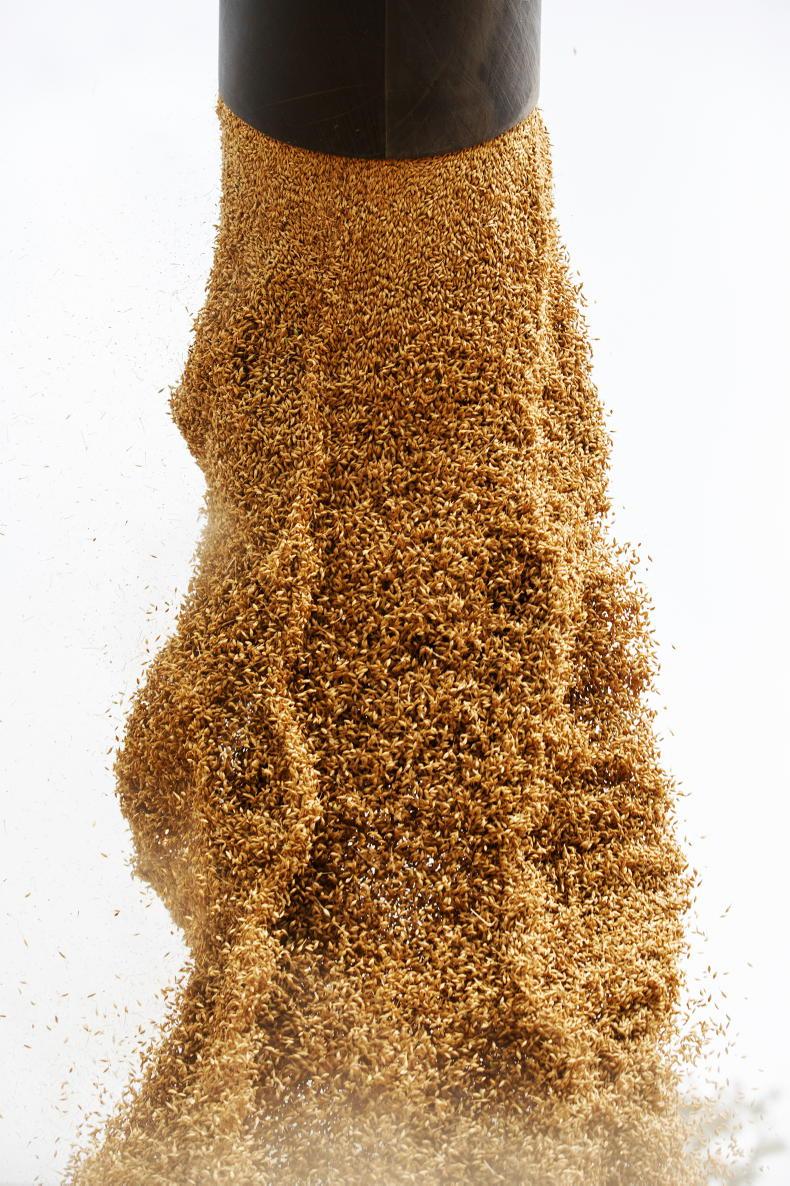
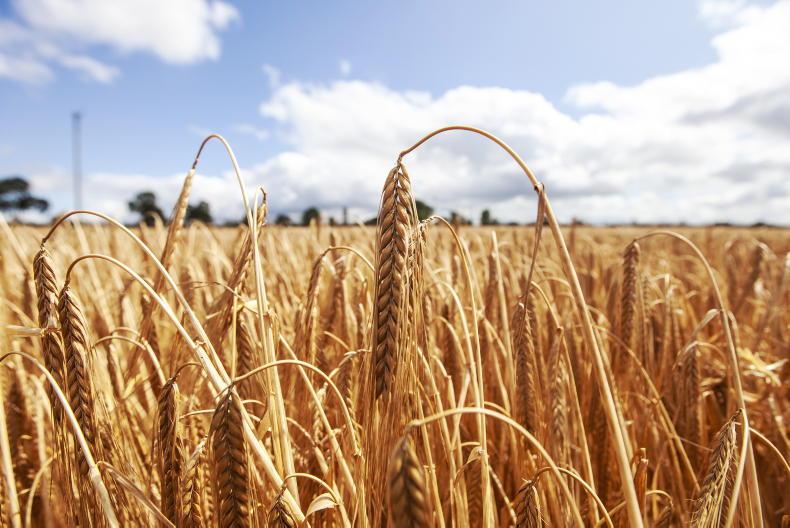
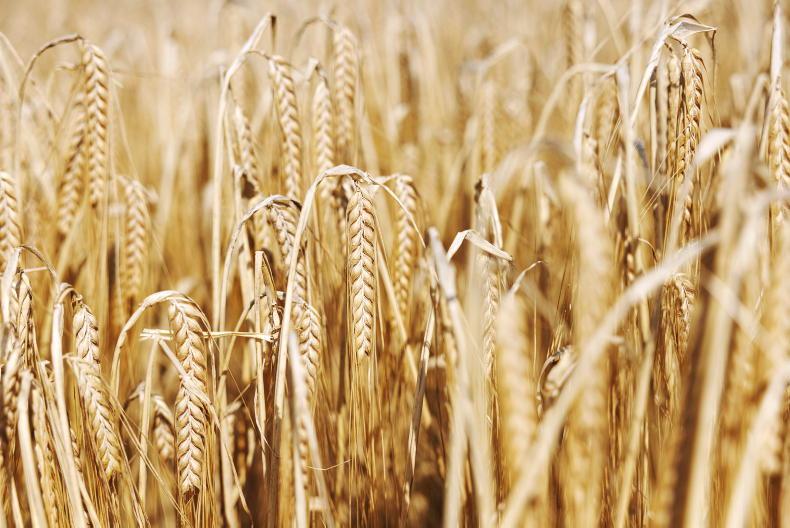
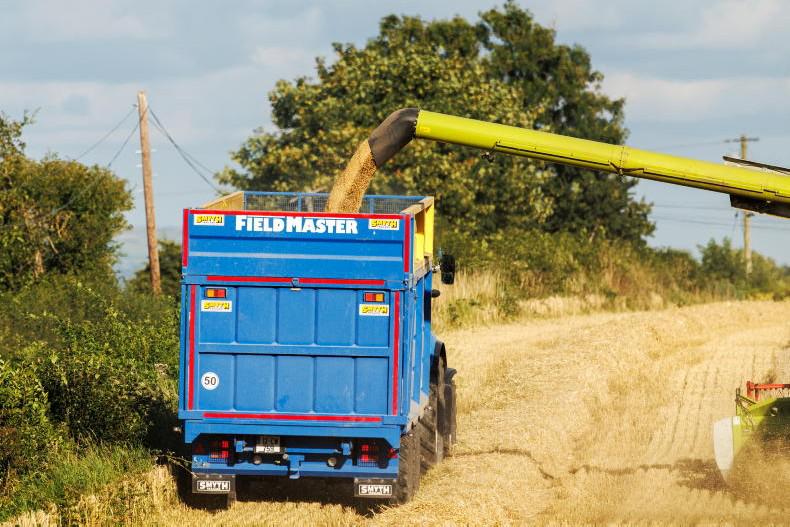
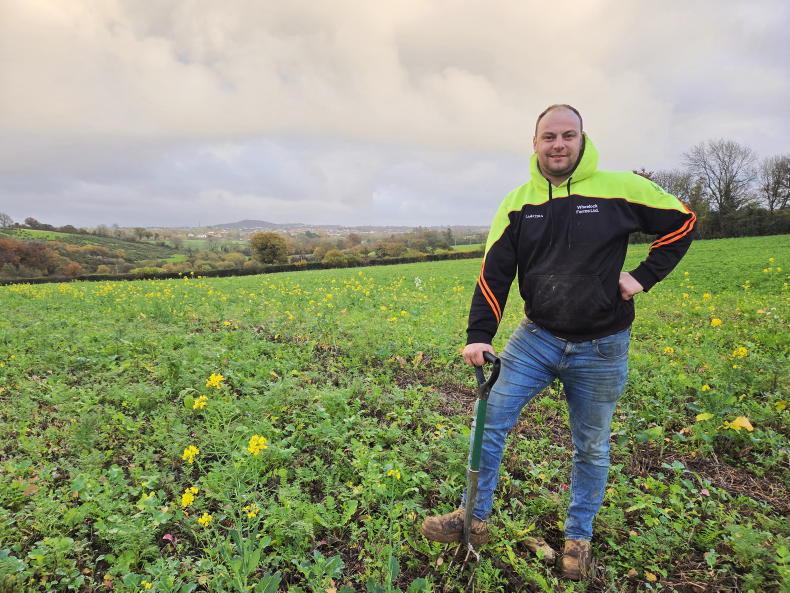
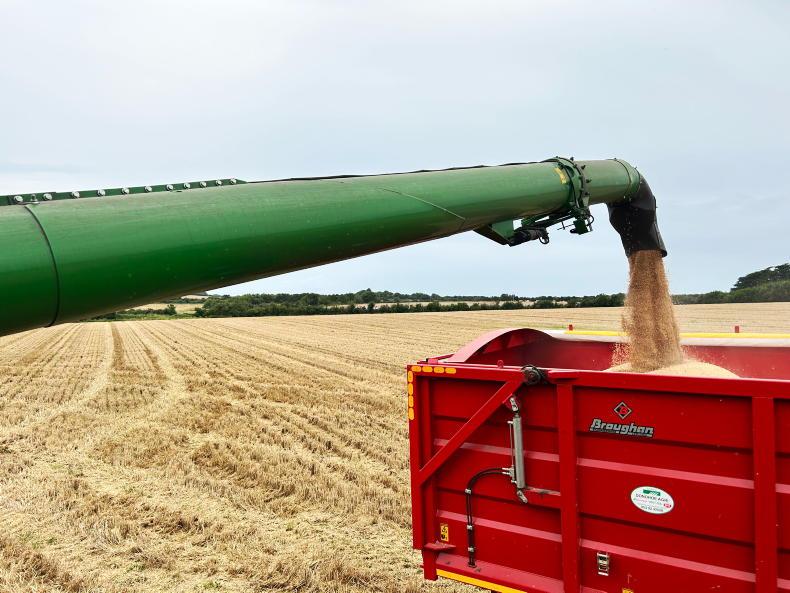
SHARING OPTIONS